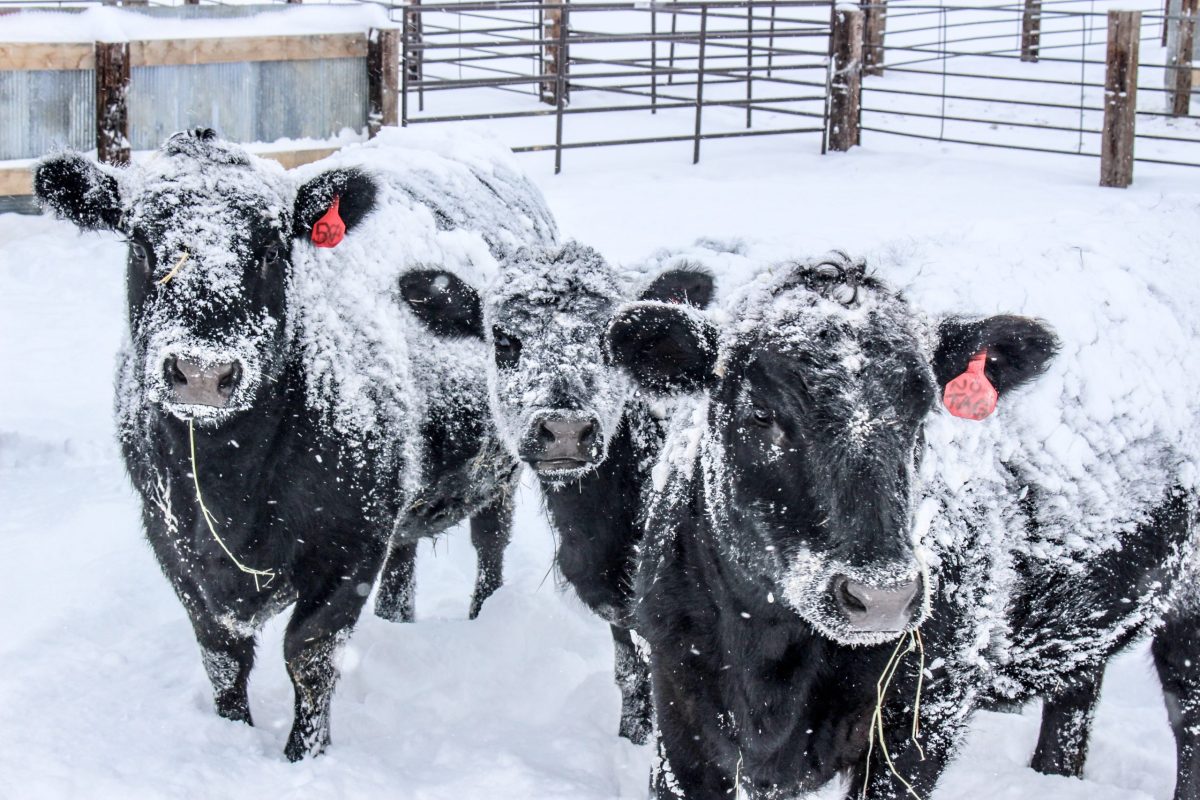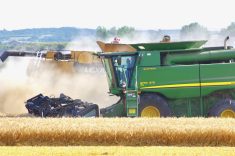MarketsFarm – Hot and dry conditions continued to affect most of Saskatchewan, but they caused little, if any hindrance to the province’s hay cut, according to the province’s weekly crop report released on July 29.
Most hay producers have finished operations, with 15 per cent of the hay crop being cut and 75 per cent being baled or put into silage. The crop is of variable quality, rated four per cent excellent, 40 per cent good, 34 per cent fair and 22 per cent poor. Hay yields are expected to be below normal and most producers will not cut for a second time.
Read Also

U.S. livestock: CME cattle futures rise on expectations of tight supplies
Chicago | Reuters – Chicago Mercantile Exchange cattle futures climbed on Wednesday as market players anticipated tighter cattle supplies in…
Most crop damage in Saskatchewan during the week ended July 26 came from drought stress, strong winds and heat. Farmers in some regions also reported grasshoppers and localized hail.
Soybeans are the best quality crop in the province with 52 per cent rated as good and 25 per cent rated as fair. The lentil crop is also weathering the heat and dryness well with 18 per cent rated good and 40 per cent fair. Winter wheat, spring wheat, oats and peas were all rated a combined 50 per cent good or fair.
Mustard, on the other hand, is rated 50 per cent poor and 25 per cent very poor across the province. Other lower quality crops include durum wheat (60 per cent poor or very poor), chickpeas (59 per cent) and barley (56 per cent).
Most growing areas in Saskatchewan received less than five millimetres of rain during the week, but the Indian Head area had recorded at least 30 mm.
Topsoil moisture levels continue to lessen, with croplands’ rated as four per cent adequate, 38 per cent short and 58 per cent very short. Moisture in hay and pasture lands was rated as two per cent adequate, 27 per cent short and 71 per cent very short.
The province also reminded farmers that the Saskatchewan Crop Insurance Corporation (SCIC) is doubling the Low Yield Appraisal threshold values for farmers turning their cereal and pulse crops into feed. Before grazing, baling or putting crops into silage, farmers are advised to contact their SCIC office.
The province is also increasing the maximum funding livestock producers can receive from the Farm and Ranch Water Infrastructure Program.
















